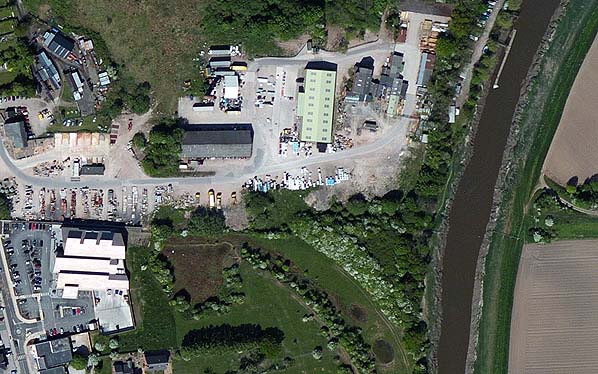|
Douglas station was on the West Lancashire Railway (WLR) Company’s Southport & Preston Railway which opened in stages between 19 February 1878 and 6 September 1882. The WLR was promoted by Sir Thomas George Fermor-Hesketh, Bart. Royal Assent was given for the ‘West Lancashire Railway’ on 14 August 1871. The Act authorised construction capital amounting to £150,000. James Brunlees and Charles Douglas Fox were appointed as civil engineers, and the contract for construction was let to Clarke Pruchard and Co. The first sod was cut on 18 April 1873 at a special ceremony held at Little London, in Southport, attended by the Mayor, Alderman Squire JP. From the start the WLR project struggled financially and, although construction started successfully, it stopped abruptly when the contractor faced financial difficulties. A further WLR Act of 1875 authorised the raising of a further £187,500 and granted an extension of time for the line’s completion. A new contractor, Barnes & Squire, was appointed, and work resumed.
River Douglas station opened on 1 August 1878 - although it was ‘passed for traffic’ on 13 July 1878. This was a few months after the first section of the WLR line had opened on 20 February 1878 from Hesketh Park, in Southport, to Hesketh Bank. The station was located a short distance east of Hesketh Bank station, on the west bank of the River Douglas.
The station was provided with two platforms as the line was double track. As it was intended that the line was to be continued onward to Preston, River Douglas was arranged as a through station. The Ordnance Survey map of 1893 shows that it had a building on the south side of the line. Steps led down from the eastern end of each platform towards the west bank of the river where there was a landing stage: the sole purpose of the station was to serve this facility.
North of the station, behind the ‘down’ (Preston-bound) platform was a siding that connected to a temporary wooden bridge which had been constructed in 1877. The structure was associated with the building of the WLR line, but it also served five of the company’s steam barges, by means of a crane mounted on it. The barges operated between Liverpool and the River Douglas via the Leeds & Liverpool Canal. Materials from the barges were loaded into railway wagons at River Douglas and taken onward to Southport.
A brickworks that later became known as Altys was situated both north and south of River Douglas station. Rail access was provided on the north side as a single siding. By 1893 there were two sidings and ultimately there were four, which included a reverse siding.
Passenger services consisted of special workings between Southport Windsor Road and River Douglas; they connected with steamboat sailings. The WLR purchased and operated a paddle steamer, Virginia which first sailed on 1 August 1878, initially on excursions to Naze Point. From 10 August 1878 it operated a service from River Douglas to Lytham St Annes. The remaining summer season saw a mixture of exclusions to Naze Point and sailings to Lytham. The last sailing of the season was on 16 October 1878.
The 1879 season started with excursions to Naze Point on 11 April with the first trip to Lytham being on 19 April. The service made heavy losses. A steamship service operated by the Southport Steamboat Company using a boat called Water Lily operated direct from Southport to Lytham and would have taken most of the trade. There is no evidence of sailings by Virginia after the 1879 season, so it is unlikely that any passenger train services ran to River Douglas after then.
In 1880 a 1¼-mile goods branch opened from Hesketh Bank to Tarleton, its junction with the main line being immediately west of River Douglas station. The line was built by the WLR but on land that it did not own and without a parliamentary Act. The WLR had to pay a lease fee. It was not vested with the company by Act on 3 June 1881 which came into force on 3 September 1881. The branch curved away from the WLR line and headed southwards to Tarleton where it terminated adjacent to the Leeds & Liverpool Canal’s Tarleton Branch.
On 18 May 1882 a further three-mile extension of the line opened from the River Douglas to Longton. The River Douglas itself was crossed by an iron swing bridge, controlled by River Douglas signal box, located on the east end of the station and south of the line. A swing bridge was required so that shipping could navigate the River Douglas unimpeded. After the new bridge was completed the temporary wooden structure was dismantled.
River Douglas is shown in this timetable although no trains are scheduled to stop there.
The line was completed to Preston by September 1882 with special services running on 4 September for the Preston Guild week. Full public services began to operate from 15 September 1882. To coincide with this an extension and station, Southport Central, opened at the southern end of the line. There is no evidence that passenger services were calling at River Douglas at this time although it appeared in company timetables as a request stop.
On 29 July 1885 the WLR sold Virginia to a John Paley, so there would have been no passenger sailings after that date. (It might have been used by the WLR for goods services after the 1879 season, but there is no evidence of this). River Douglas station closed on 25 April 1889 although it still appeared in the timetable for the following year. The closure of River Douglas was of little inconvenience to passengers as Hesketh Bank station was very close indeed, and more conveniently situated. All traces of the station that had seen little use were subsequently obliterated.
On 1 July 1897 the Lancashire & Yorkshire Railway (LYR) took over the WLR. From 1 May 1901 they closed Southport Central and diverted all WLR line trains into Southport Chapel Street. In September 1913 the opening swing span on the River Douglas bridge was welded shut. A signalling diagram for River Douglas signal box from 1918 shows that a signal which formerly protected the bridge on the up line had been removed. On 1 January 1922 the LYR was absorbed by the London & North Western Railway but a year later that company became part of the London Midland & Scottish Railway (LMS).
In 1930 the Tarleton branch closed completely although it is likely that no traffic had run along it for years. A short-lived passenger service had run on the branch from 1912 to 1913. In 1935 the signal boxes at River Douglas and at Hesketh Bank closed and a new box of LMS design was erected at Hesketh Bank, adjacent to the former WLR box at that location. The new box controlled a new ground frame at the Alty Brickworks siding, which had previously been controlled by the River Douglas box.
The former WLR line became part of British Railways (London Midland Region) at nationalisation in 1948. The Reshaping of British Railways report of 1963 recommended the complete closure of the railway from Meols Cop through to Preston. On the closure plan the Alty sidings are still shown but it is not known if they were still in regular use. The brickworks closed in 1965.
Despite local protests all services were withdrawn with effect from 7 September 1964. The line was severed at River Douglas. Track-lifting trains came up to the site of River Douglas station and crossed the bridge to the east bank from Southport in the early months of 1965. They worked back to Southport and the rails had all been removed from River Douglas by February 1965. On the east side of the bridge the line remained in situ as it was thought that it might be required to serve a proposed nuclear power station. However Heysham was chosen instead, and the line was lifted from River Douglas bridge back to the Whitehouse Junctions (Preston) in the spring of 1966.
The River Douglas bridge was also demolished after the line closed, and River Douglas station site was used as an industrial yard.
Route map drawn by Alan Young, Bradshaw from Chris Totty.
Sources:
To See other stations on the Southport - Preston (West Lancashire) line click on the station name: Southport Central, Southport Windsor Road, Southport Ash Street, St. Lukes, Hesketh Park, Churchtown, Crossens, Banks, Hundred End, Hesketh Bank & Tarleton, Hoole, Longton Bridge, New Longton & Hutton, Penwortham (Cop Lane) & Preston West Lancashire
See also Tarleton Branch
Boat Yard Crossing Halt & Tarleton
& River Douglas Bridge |

bank_old4.jpg)
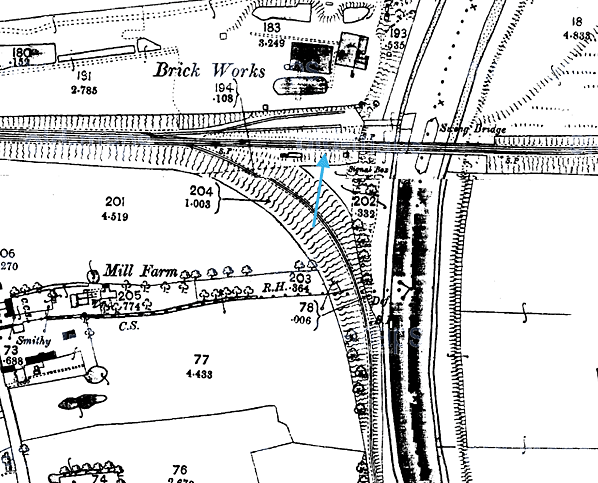
douglas_old1.jpg)
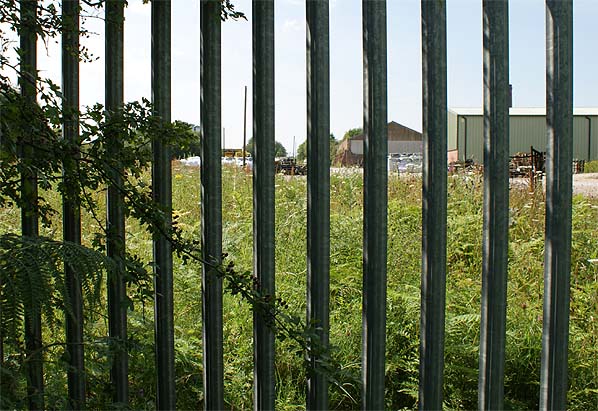
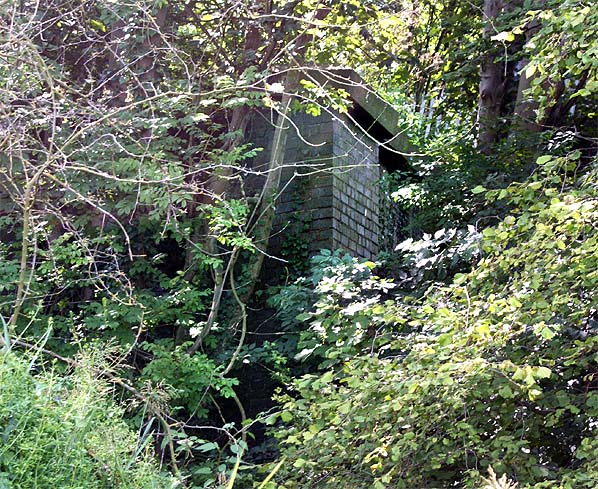
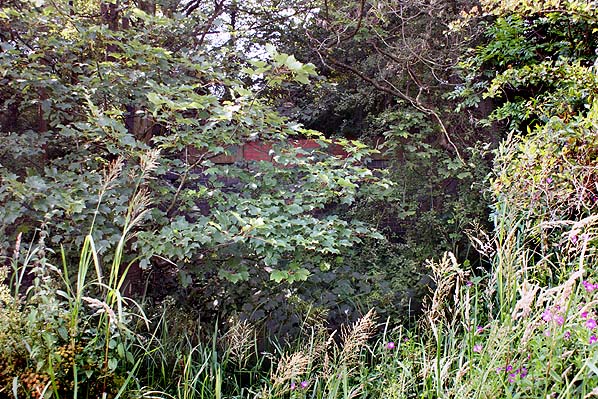
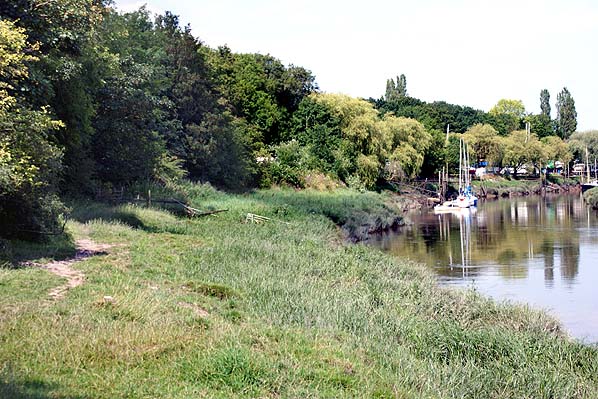
 Home
Page
Home
Page

.gif)
